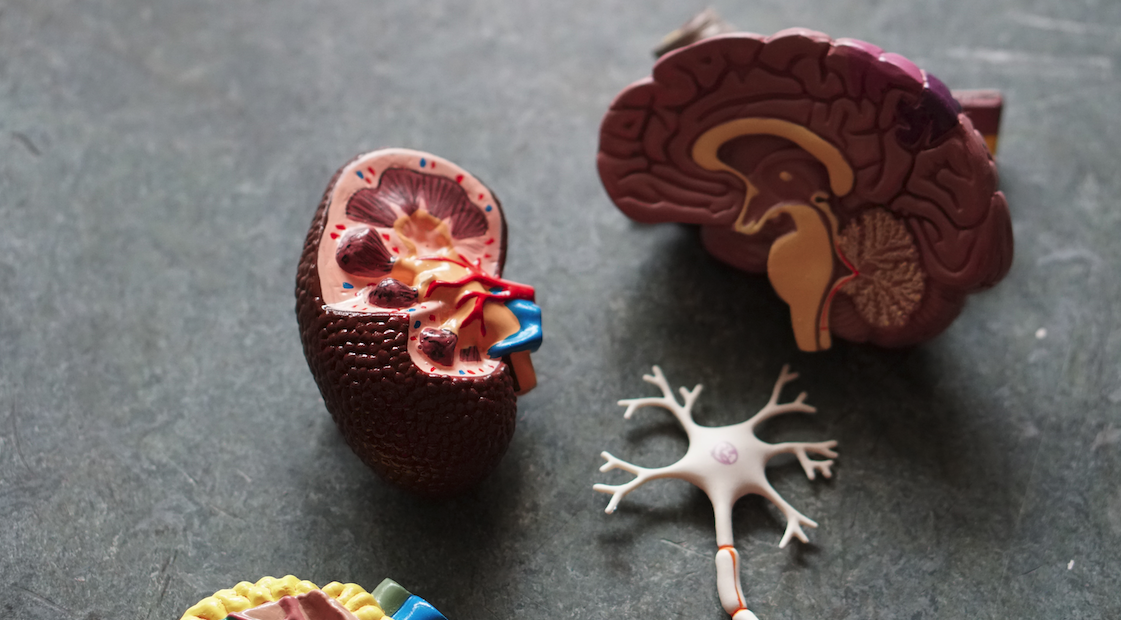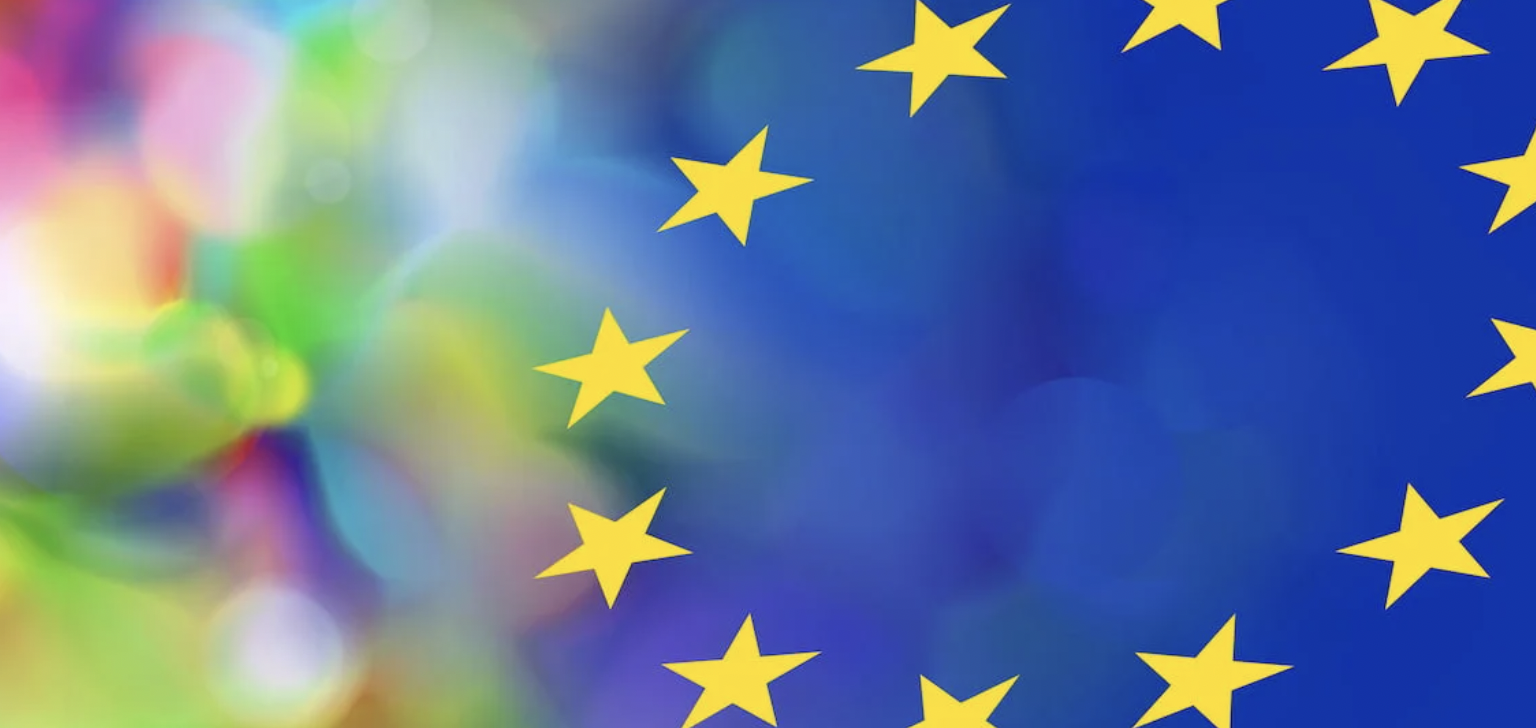
In the research briefing:
- How ayahuasca ceremony leaders regard preparation and integration
- Psychedelics for treating neurodegenerative disorders such as Alzheimer’s disease
- The relative safety of LSD in research settings
AYAHUASCA
The perspectives of ayahuasca ceremony leaders
The ceremonial use of ayahuasca and other psychedelics predates written history. These ceremonies are often led by individuals who offer support to people before, during and after the psychedelic experience, whatever a person’s reason may be for seeking such an experience. These individuals act in a similar fashion to our modern-day psychotherapists who are now facilitating psychedelic experiences in hospitals, private clinics and state of the art research centres. With much of the modern therapeutic processes of psychedelic-assisted psychotherapy shaped by the ancient ceremonial use of these drugs, the insights of these ceremonial leaders are invaluable to modern research. Furthermore, given that these leaders often operate outside the constraints of biomedicine, they offer a different perspective on psychedelics and their therapeutic potential.
In the present study, 15 ceremonial ayahuasca leaders were interviewed regarding their perspectives on preparation and integration practices they consider effective and safe for their ceremony participants. These leaders ranged in age, levels of education and experience, with some having 20 years of experience working with ayahuasca ceremonially. The results of each interview were analysed, resulting in the generation of common themes/categories which were shared by these leaders.
These categories and insights include:
- Factors Facilitating Preparation – within this category, leaders emphasised the importance of participants being honest and respectful of the process, recognising the issues they want to address, having the readiness and willingness to surrender to the experience as well as having a sense of openness to the ceremony, among others.
- Factors Facilitating Both Preparation and Integration – the majority of leaders emphasised the benefits of engaging in practices which may complement the preparation and integration processes. These practices include spiritual practices, yoga and tai-chi.
- Factors Facilitating Integration – in order to facilitate the integration process, the leaders noted the importance of taking time to rest and process the experience, sharing insights of the experience with others and the ability of the participant to work with the insights they’ve gained.
- Ineffective Integration – in this category the leaders highlight that some participants fail to make any concrete changes based on the insight they’ve gained. Factors which may lead to ineffective integration include participants lack of readiness, motivation or a lack of a sufficient support network to help them during the integration process.
Although this study is based on the knowledge claims of a few individuals and cannot be seen as an accurate representation of all ceremonial leaders, the insights gained are useful for other leaders and prospective ayahuasca ceremony participants. Further research should explore the perceptions of indigenous ceremonial leaders as well as those participating in ayahuasca ceremonies.
IMMUNE SYSTEM
Psychedelics provide a possibility for treating neurodegenerative disorders
As we are progressing through the so-called Psychedelic Renaissance it would appear that the potential of psychedelics knows no limits. What if the therapeutic effects of psychedelics may extend beyond mental disorders and additionally, help those with brain injuries and neurodegenerative disorders like Alzheimer’s disease? Neuroimaging studies have shown that psychedelics decrease modularity in the brain. New evidence argues it may also be possible that psychedelics decrease levels of inflammation-inducing biomarkers in the brain. Although such a statement remains speculative at best, for people living with a disease like Alzheimer’s and Parkinson’s, for which there is currently no cure, the potential role of psychedelics as immunomodulators offer hope for the future.
The present study offers food for thought regarding the role of psychedelics as modulators of the brains innate immune system. Based on previous research, the authors of the paper at hand discuss the influence psychedelics may have on neural tissue homeostasis. That is, the ability of cells within the central nervous system to self-regulate and maintain normal functioning.
What the review proposes:
- Psychedelics can induce neurogenesis and neuroplasticity while simultaneously reducing inflammation and oxidative stress, two significant issues in neurodegenerative disorders.
- Cytokines are a broad category of small proteins that play a vital role in cell signaling. Studies in cells (in vitro) have shown that DMT and 5-MeO-DMT reduce levels of the proinflammatory cytokines IL-1ẞ, IL-6 and TNF-α while promoting the expression of the anti-inflammatory cytokine IL-10.
- Psychedelics may interact with serotonin receptor subtypes that are involved in mediating the central nervous systems immune response, leading to downregulation of proinflammatory cytokines.
- In patients with neurodegenerative disorders, the psychotropic effects of psychedelics may be a limiting factor when treating patients with these disorders. The authors suggest that novel psychedelic compounds devoid of hallucinogenic properties may be of benefit.
This review gives a comprehensive overview regarding how psychedelics could be used to treat neurodegenerative disorders. The evidence discussed leads one to believe that this potential role of psychedelics cannot go unnoticed. Nevertheless, as is the case with the majority of psychedelic research, further research is needed to realise these speculations.
LSD
The safety of LSD in research settings
Given the turbulent relationship society has had with psychedelic drugs, ensuring these drugs are safe is of the utmost concern for researchers as we progress through the psychedelic renaissance. In the 1960s, (false) reports of LSD causing people to leap from windows or leading to chromosome damage in unborn children convinced the public that psychedelic drugs were not only unsafe but also dangerous. As psychedelics re-enter the mainstream, ensuring that society at large is aware of the therapeutic benefits and the physiological safety of psychedelic drugs is imperative to harness the potential of psychedelics on a wide scale.
The present study seeks to add to the literature regarding the safety of psychedelic drugs. Generally, determining the efficacy and safety of a drug entails conducting randomized-controlled trials (RCTs) with large sample sizes. Although RCTs involving psychedelics are taking place across the globe, the number of participants in these trials tends to be small. Therefore, the authors of this study pooled the data from four RCTs investigating the effects of LSD in humans in order to better our knowledge regarding the safety of LSD.
The study found that:
- Out of 81 participants who received a total of 131 single doses of LSD, the subjective, physiological and adverse effects of LSD varied with dose concentration.
- While the subjective effects of LSD such as ego dissolution and feelings of boundlessness increased with higher doses of LSD, the physiological effects were minimal regardless of dose concentration.
- Overall, the effects LSD has on the cardiovascular system, the kidneys and the liver are negligible.
While this study does further inform us of the safety of LSD administered in a clinical setting, the authors did also report negative effects such as fear and anxiety. Further research is needed in order to better enhance our knowledge regarding the safety of psychedelic drugs overall. Moreover, making findings from such studies more publicly accessible will help to rewrite the narrative surrounding psychedelics.
Research Report Readout
Psychedelics may reopen ‘critical periods’ in neurodevelopment whereby the brain is particularly sensitive (neuroplasticity) to environmental input.
A qualitative interview study of 23 practitioners, who have administered MDMA and psilocybin to clients in underground healing contexts, interviewed them about their experiences. Common themes experienced by the practitioners were identified (both descriptive, e.g. use of touch, and prescriptive, e.g. grounding) and the implications for training future psychotherapists are discussed.
A study in mice explored the effects of a number of synthetic psychoactive drugs, such as the 2C-family, on the serotonin receptor 5-HT7R. The ability of a particular 2C compound to bind 5-HT7R over other subtypes and reduce self-grooming time in mice suggests that 5-HT7R could be a potential target for treating autism.
Psilocybin, ayahuasca & DMT all appear to be effective and safe in improving symptoms of anxiety and depression, finds a recent review study
A hypothesis puts forward evidence for a model of the co-evolution and advantages to the consumption of psychedelics by humans in pre-history. Four factors may have contributed to the inclusion of psychedelics in their diet: 1) management of psychological distress, 2) enhanced social interactions, 3) facilitation of collective rituals, and 4) enhanced group decision making.
Clinical psychologists have cautiously optimistic attitudes towards psychedelics as medicines. Most psychologists indicate that they lack education or knowledge of the effectiveness surrounding treatments with psychedelics.


